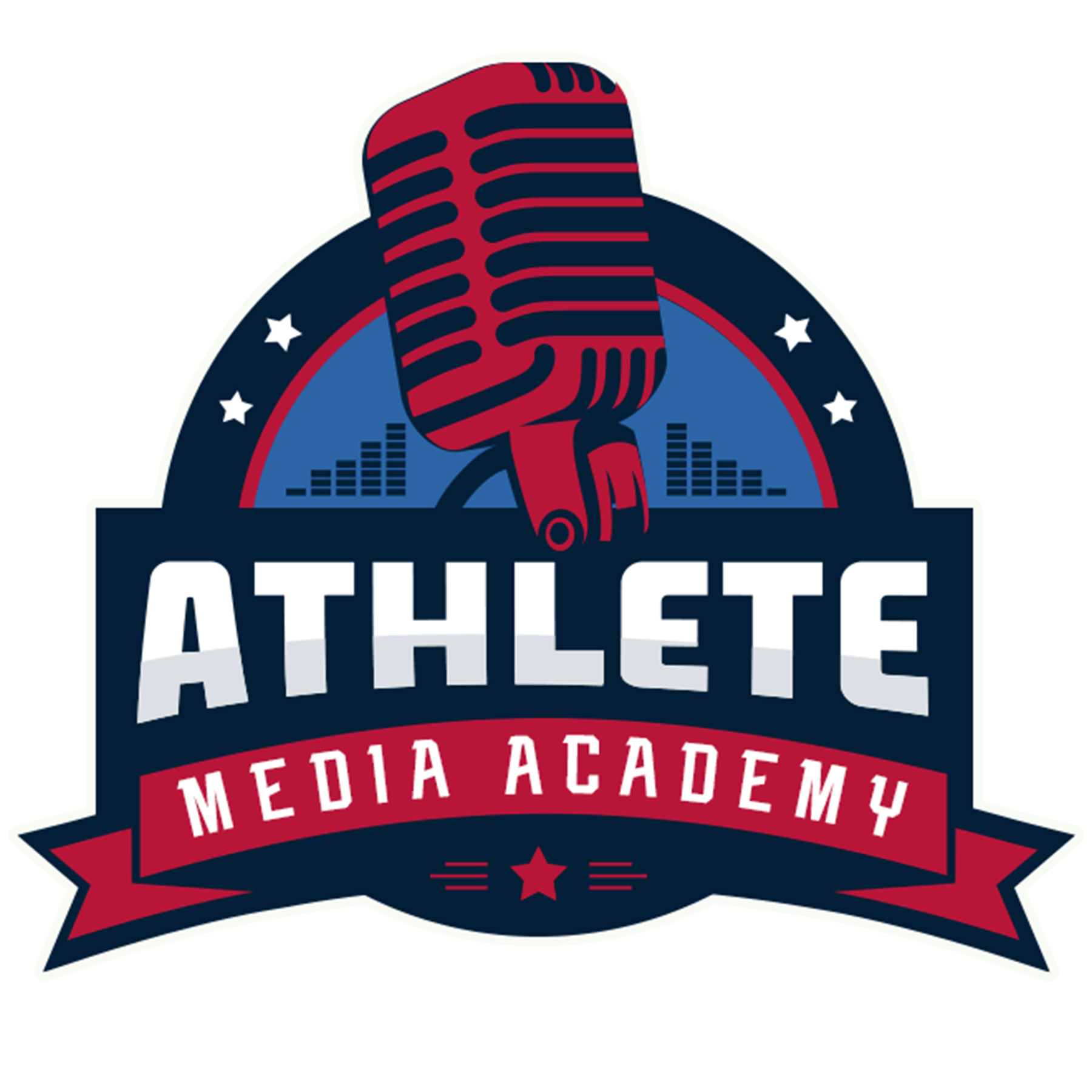Section 4, Lesson 3 – Responding to Negative Comments & Criticism
Lesson Overview
Social media allows athletes to connect directly with fans, but it also opens the door to criticism and negativity. While constructive criticism can offer valuable insights, negative or harmful comments can damage confidence and reputation if not handled properly. This lesson explores effective strategies for responding to criticism in a way that protects an athlete’s brand and maintains professionalism.
Learning Objectives
By the end of this lesson, athletes will be able to:
✅ Differentiate between constructive criticism and harmful negativity.
✅ Develop strategies for responding to criticism professionally.
✅ Maintain composure and control over online interactions.
✅ Use criticism as an opportunity to strengthen their personal brand.
Section 1: Understanding the Types of Criticism
Not all criticism is the same, and knowing how to differentiate between types helps athletes decide how to respond.
✔️ Constructive Criticism: Feedback intended to help an athlete improve (e.g., “You played well, but your defense could be stronger.”).
✔️ Casual Opinions: Personal preferences that may not be negative but still impact perception (e.g., “I liked your game last season better.”).
✔️ Harmful Negativity: Unfair, rude, or offensive comments that provide no useful feedback (e.g., “You are terrible, just quit.”).
✔️ Trolling & Harassment: Intentional attempts to provoke a reaction and create conflict.
Section 2: Best Practices for Responding to Criticism
Athletes can respond to criticism in ways that reinforce their brand and maintain professionalism.
✔️ Pause Before Responding: Avoid emotional or defensive reactions.
✔️ Acknowledge Constructive Feedback: Thank those who offer genuine feedback and respond thoughtfully.
✔️ Ignore or Block Toxic Comments: Not all negativity deserves attention.
✔️ Redirect the Conversation: Shift the focus back to positive engagement (e.g., “I appreciate your passion for the game—what did you think of the team’s performance?”).
✔️ Set Boundaries: Limit engagement with overly negative individuals and use privacy settings when necessary.
Section 3: Turning Criticism into an Opportunity
Criticism can be used as a tool for growth and improved public perception.
✔️ Showcase Maturity: Responding with grace earns respect from fans, sponsors, and media.
✔️ Address Misconceptions: Correct misinformation while maintaining a positive tone.
✔️ Highlight Personal Growth: Use criticism as motivation to improve performance and demonstrate resilience.
✔️ Use Humor & Positivity (When Appropriate): Lighthearted responses can defuse negativity and show personality.
🔹 Exercise: Review past criticism and identify ways to reframe it into a learning opportunity.
Final Takeaways & Next Steps
✔️ Final Activity: Develop a response strategy for handling future negative comments.
✔️ Key Takeaway: Maintaining professionalism and emotional control enhances credibility and strengthens an athlete’s brand.
✅ Next Steps:
- Review and adjust privacy settings to create a safer social media space.

